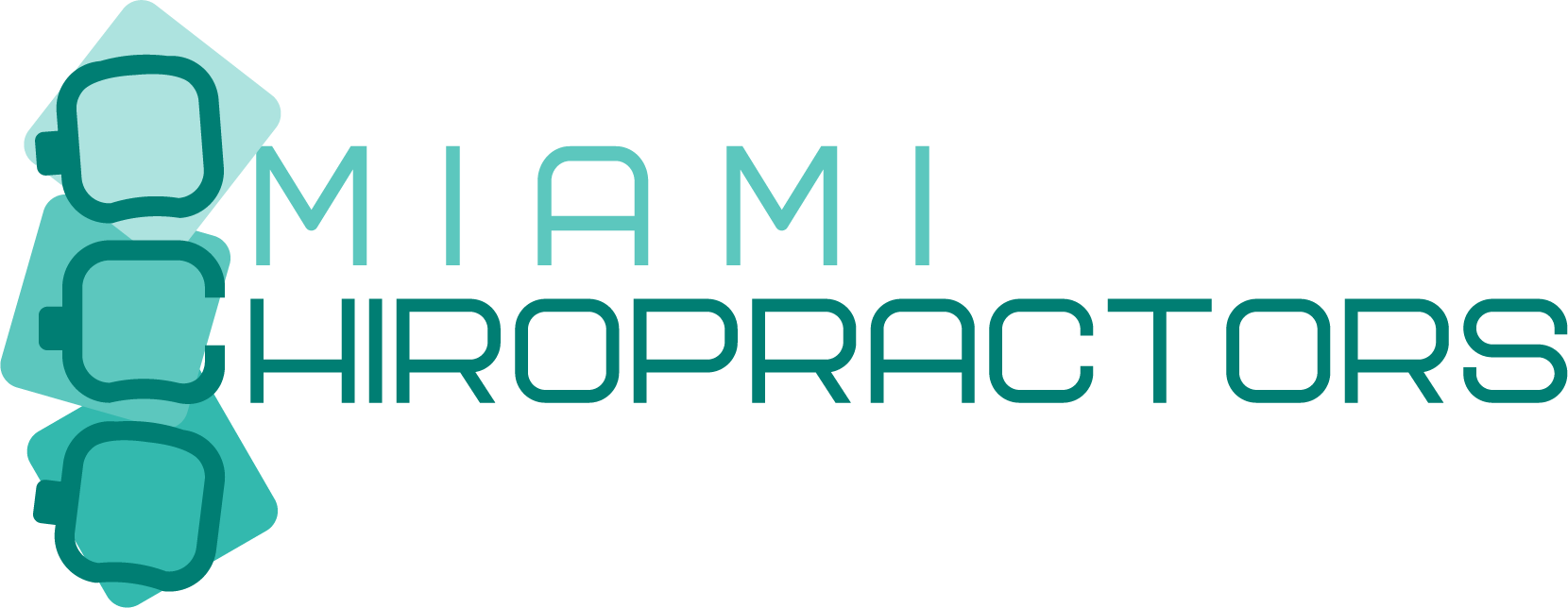This post was originally published on this site

Enhancing Well-being in Children
Chiropractic care for children is a healthcare approach that focuses on the diagnosis, treatment, and prevention of mechanical disorders of the musculoskeletal system, particularly the spine. Its premise is based on the relationship between the spine and the nervous system and how that relationship affects the overall health and well-being of a child. As children grow, they experience various physical stresses and strains that may impact their spine and nervous systems.
The practice of pediatric chiropractic care looks to address these issues through adjustments and manipulations of the spine. These adjustments are tailored to be gentle and suitable for children. Proponents of pediatric chiropractic care suggest that it can aid with common childhood ailments, such as colic, ear infections, asthma, and sleeping issues. By improving spinal alignment, chiropractic care aims to enhance nerve function, which is believed to positively influence children’s health, growth, and development.
Chiropractors who specialize in pediatrics receive additional training to ensure they can provide safe and effective care for infants, toddlers, children, and adolescents. They work to create a supportive environment that encourages a child’s body to function at its best. Pediatric chiropractic care is used not only as a means to resolve symptoms but also as a form of preventive healthcare aiming to maintain and promote optimal health as a child develops.
Fundamentals of Pediatric Chiropractic Care
Pediatric chiropractic care focuses on the delicate balance between a child’s musculoskeletal system and their overall health. Through specialized techniques, pediatric chiropractors aim to support and enhance child development and wellness.
Understanding Pediatric Chiropractic Care
Pediatric chiropractic care is a branch of chiropractic treatment dedicated to the health and wellbeing of infants, children, and adolescents. It combines knowledge of child development and anatomy to address a range of health concerns. This care often involves gentle manipulation of the spine and other parts of the body to correct subluxations, which are slight misalignments of the vertebral column known to affect the nervous system. Pediatric chiropractors are trained to provide these specialized treatments effectively and safely, catering to the unique physiological needs of young patients.
- Principles of Pediatric Chiropractic Care:
- Emphasis on preventative and wellness care.
- Assurance of safety and gentleness in adjustments.
- Focus on the correction of subluxations to support healthy nervous system function.
Anatomy and Developmental Considerations
When providing chiropractic care to children, it’s essential to understand the dynamic nature of their growth and development. The pediatric chiropractor considers the child’s developmental stage before administering care, recognizing the differences between a child’s and an adult’s spine and nervous system.
- Key Developmental Factors:
- Rapid growth phases: Changes in bone proportion and muscle strength.
- Flexibility: Children’s joints and bones are more pliable than those of adults.
- Adaptive capacity: A child’s body can often self-correct certain misalignments naturally.
A comprehensive understanding of these factors ensures that chiropractic interventions are tailored to promote healthy growth patterns and support the child’s nervous system functionality throughout all stages of child development.
Benefits and Safety of Chiropractic for Children
Chiropractic care provides specific health enhancements for children and is generally considered a safe alternative health treatment. The following subsections explore the physical benefits seen in pediatric chiropractic care and discuss its safety, taking into consideration its prevalence in treatment for children.
Physical Benefits
Pediatric chiropractic care often results in better posture, enhanced breathing, and stronger immune systems. For instance, adjustments tailored for children have been associated with relief from common conditions such as colic and ear infections. When applied correctly, these treatments aim to promote overall wellness and well-being by supporting the body’s natural healing processes and maintenance of health.
Safety and Prevalence of Treatment
Chiropractic treatments for children are widely available and becoming more common as parents seek holistic approaches for their children’s health care. The safety of these treatments is reinforced by proper training and techniques specifically designed for pediatric patients. While chiropractic care is deemed safe and effective when performed by a licensed practitioner, it’s vital that parents ensure their child’s chiropractor has a track record of treatment customized for the pediatric population.
Common Pediatric Conditions Addressed by Chiropractic
Chiropractic care offers targeted solutions for a variety of pediatric health issues, providing relief and support to the body’s natural healing processes. This approach is recognized for its non-invasive and drug-free methodology.
Infant-Specific Ailments
Colic: Chiropractic interventions are often sought out for infants suffering from colic, characterized by prolonged periods of inconsolable crying. Adjustments aim to alleviate digestive discomfort thought to be a contributing factor.
Ear Infections: Chiropractic techniques such as gentle manipulations may improve drainage and decrease fluid buildup in the ear, thereby reducing the frequency and severity of ear infections in infants.
Conditions in Older Children
Asthma: Chiropractic care may assist in managing asthma by improving respiratory function through spinal adjustments that target the nerves involved in bronchial constriction.
Digestive Issues: For children experiencing various digestive problems, spinal manipulations can help restore nerve function, potentially improving gastrointestinal health.
ADHD: Attention Deficit Hyperactivity Disorder (ADHD) is another area in which chiropractic care can play a supportive role, with treatments that may improve nervous system function.
Sleep Problems and Bedwetting: Restorative sleep is crucial for children’s development. Chiropractic care has been utilized in cases of sleep disorders and associated issues, such as bedwetting, by addressing imbalances in the nervous system that might be the underlying causes.
Scoliosis: Detecting and managing scoliosis during childhood is crucial. Chiropractic can provide conservative management strategies focused on maintaining spinal health and mitigating progression of curves.
Chiropractic Care Through the Developmental Stages
Chiropractic care for children can play an essential role in supporting their developmental milestones and managing common childhood musculoskeletal issues. Through preventative care and addressing injuries, chiropractors aim to ensure proper growth and development from birth through adolescence.
Newborns to Infants
In the earliest stages of a child’s life, chiropractic care can be centered around promoting healthy growth patterns and detecting any musculoskeletal irregularities early on. During this delicate period, gentle adjustments may help alleviate issues related to:
- Colic: A study by the American Academy of Pediatrics suggests chiropractic care may soothe colic symptoms.
- Developmental milestones: Ensuring proper spinal alignment to foster optimal growth and development.
- Posture: Addressing potential posture concerns that can arise even in infancy as the child begins to hold up their head and sit unassisted.
Toddlers to Adolescents
As children grow into their toddler years and through adolescence, their activities and risks evolve. Chiropractic care adapts to address:
- Falls and injuries: Treating common falls that occur as toddlers become more mobile, reducing the risk of long-term damage.
- Sports injuries: Adolescents involved in sports frequently experience injuries; chiropractors can provide care to support healing and prevention.
- Preventive care: Regular assessments can identify potential issues with posture or musculoskeletal problems due to daily activities like carrying backpacks.
- Growth milestones: Monitoring the spine and joint development to detect and correct alignment issues as children grow.
Chiropractic interventions during these developmental stages are tailored to address age-specific concerns, ensuring that children and adolescents maintain a strong foundation for musculoskeletal health.

